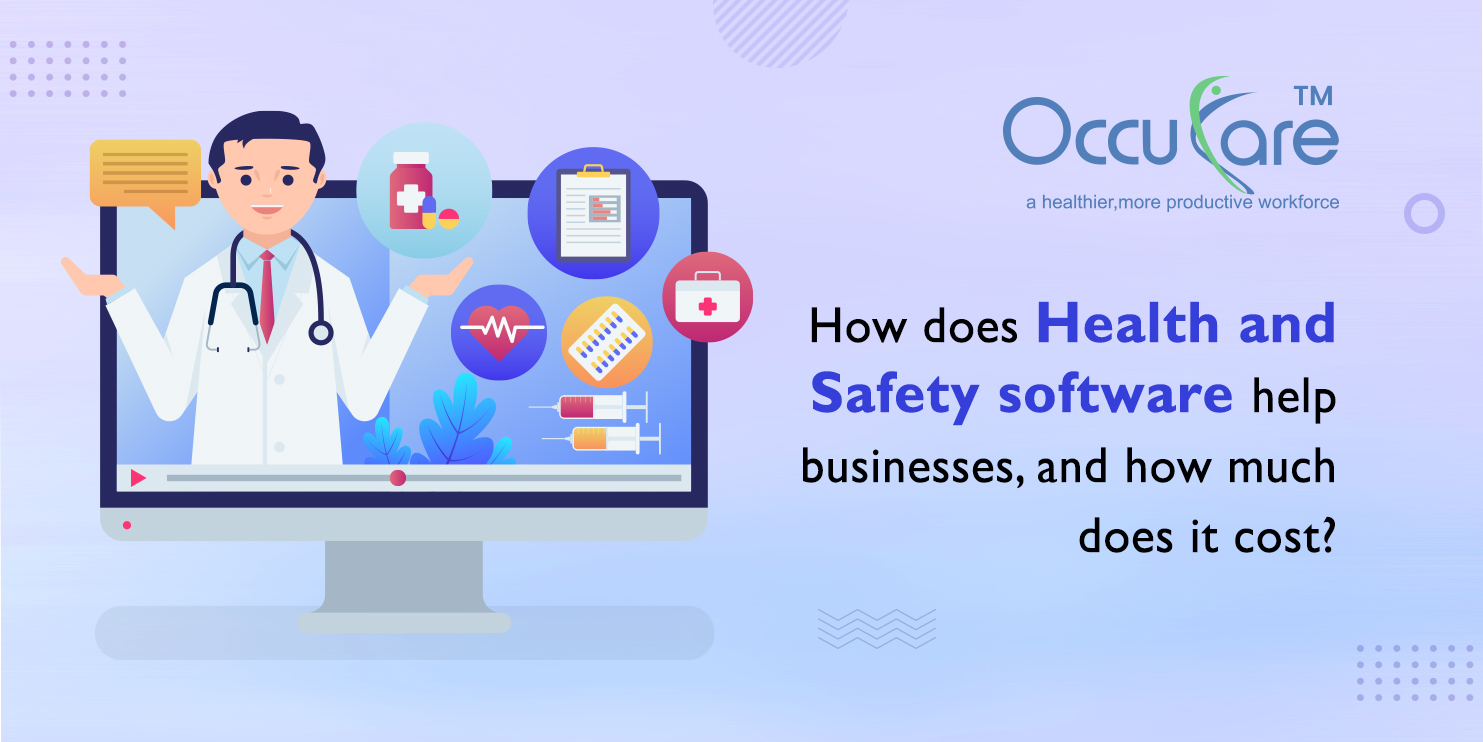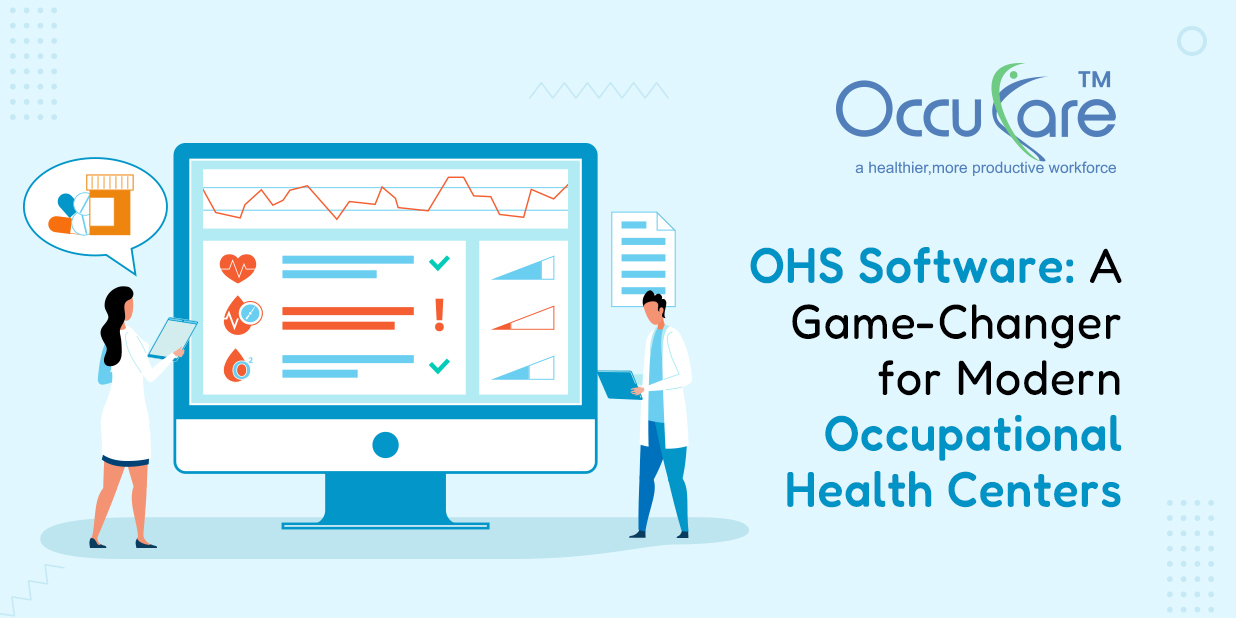Keeping employees healthy and safe is essential in the hectic workplace of today. Modern organizations are looking to technology for answers as rules get stricter and worker welfare becomes more important. In this article, we’ll examine the critical function of HSMS in contemporary enterprises and how it helps to increase compliance, safety, and overall effectiveness.
1. Streamlined Compliance:
HSMS, or Health and Safety Software, assists companies in adhering to intricate regulatory standards as one of its main functions. Workplace safety laws and regulations can be complex and different depending on the business. By offering a unified platform for tracking and managing all pertinent regulations, HSMS makes compliance easier while ensuring that businesses keep current and stay out of trouble.
Offering a consolidated platform for managing and tracking all pertinent rules, HSMS makes compliance easier for businesses, helping them stay current and avoid expensive fines. HSMS or Health and Safety System can send alerts and reminders for compliance deadlines, making it easier for companies to meet regulatory requirements consistently.
2. Incident Reporting and Analysis:
Accidents and incidents can happen in any workplace, but it’s how a business responds and learns from these events that matters. HSMS allows for efficient incident reporting and analysis, enabling organizations to:
- Quickly document and report incidents.
- Analyze the root causes of accidents and near misses.
- Implement corrective actions to prevent future occurrences.
By identifying trends and patterns, businesses can proactively address safety concerns, reduce the likelihood of accidents, and ultimately create a safer work environment for employees.
3. Safety Training and Documentation:
Employee training is a fundamental aspect of workplace safety. Including Health and Safety System, facilitates the management of safety training programs by:
- Tracking employee training records and certifications.
- Scheduling and automating training sessions.
- Providing online training materials and resources.
With Health and Safety Software, employees can access training materials anytime, anywhere, making it easier to keep their skills up-to-date and ensuring they are aware of safety protocols.
4. Risk Assessment and Mitigation:
Understanding and managing risks is a critical part of maintaining workplace safety. HSMS allows businesses to:
- Identify potential hazards and assess their severity.
- Develop and implement risk mitigation strategies.
- Monitor the effectiveness of risk control measures.
By proactively addressing risks, organizations can reduce the likelihood of accidents and injuries, protecting both employees and the business itself.
5. Performance Metrics and Reporting:
Health and Safety Management System provides businesses with a wealth of data related to safety performance. By analyzing this data, organizations can:
- Track safety Key Performance Indicators (KPIs).
- Identify areas that require improvement.
- Demonstrate a commitment to safety to stakeholders, clients, and regulators.
The ability to generate comprehensive reports and dashboards allows for informed decision-making and continuous improvement in safety management.
6. Enhanced Communication and Collaboration:
Modern businesses often have remote or distributed workforces. Safety Software facilitates communication and collaboration among employees, supervisors, and safety teams through digital platforms. Employees can report safety concerns or incidents in real-time, and supervisors can respond promptly. Through improved communication, the entire organization can cultivate a culture of safety.




